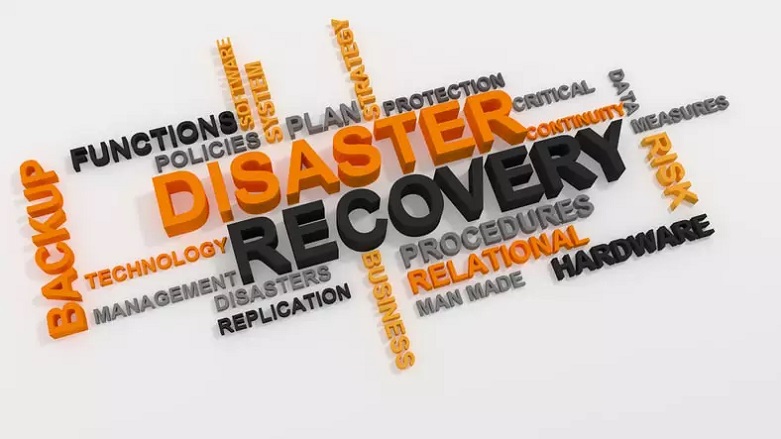
4 Disaster Recovery Strategies.
June 4, 2021Most businesses nowadays have realised the importance of a Disaster Recovery plan. However, especially SME’s, still implement a mere backup plan for their critical data.
This is quite understandable. Historically, putting in place a complete Disaster Recovery plan was associated with high costs as typically the business would have to incur the cost of hardware, power, bandwidth, cooling, space and system administration- to name a few!!!
With the rise of Cloud technologies this is no longer the case! Depending on the business objectives one can select the appropriate scenario to minimise the related costs.
First Define Disaster!
The first thing that needs to be defined is what are YOU trying to protect against.

This will put in place the scope of your DR plan. Depending on your specific business needs, this might include an alternative location for your workforce, telephone lines, electricity etc. etc.
In terms of systems / applications and data the two most important measures are RPO and RTO! These will determine maximum tolerable hours for data recovery, how often data backups should occur and what the recovery process should be. Both need to be considered when creating a disaster recovery plan.
RPO – Recovery Point Objective
Recovery Point Objective (RPO) is the maximum amount of data you can accept to loose! Can you reproduce / re-enter the data, as in ERP accounting entries where data is entered from hard copy invoices, or is it lost forever?
RPO will be the decisive factor on how often to backup / replicate your data. This can vary from fixed intervals of time — once every hour, once every day or perhaps as infrequently as once every week to real-time or nearly real-time.
RTO – Recovery Time Objective
Recovery Time Objective (RTO) is how long can your business survive without your IT systems and data. Whereas RPO relates only to data RTO relates to overall IT infrastructure.
Cost relevance
Setting the right RPO and RTO will clearly impact the cost of the solution. Automated granular Data backups are relatively easy to implement therefore achieving a low RPO. RTO, on the other hand, is more complicated because it involves restoring all IT operations.
Other Considerations
Other factors, such as seasonality, time of day, day of the week etc. may affect RPO.
RTO should be aligned with the capabilities of your IT organisation.
RTO, RPO and Disaster Recovery Planning
Setting the right RTO and RPO goals for your business is a critical part of your disaster recovery planning process in order to avoid excessive investment in RTO and RPO assurance.
More importantly, with current Cloud technologies, selecting the right process and automation mechanisms can provide a robust and economical solution.
Article originally published on LinkedIn: https://www.linkedin.com/pulse/2-most-important-objectives-your-disaster-recovery-plan-liakopoulos/



